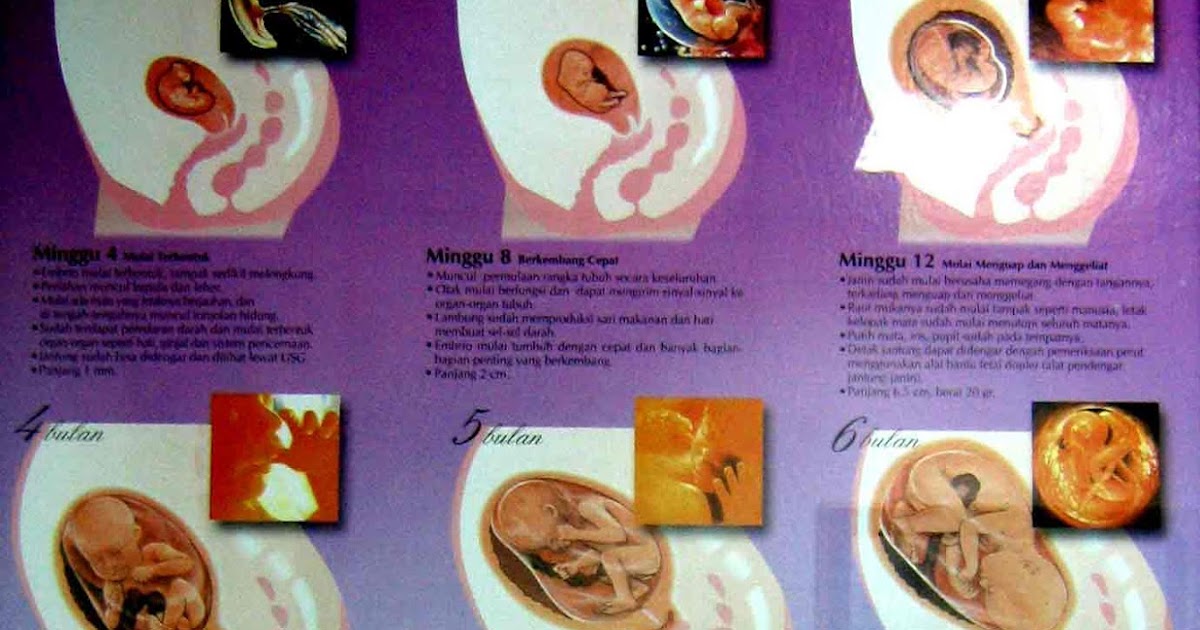

- Pertumbuhan dan perkembangan bayi usia 14 bulan how to#
- Pertumbuhan dan perkembangan bayi usia 14 bulan trial#
2020 8(T2):22–6.Ĭhowdhury TR, Chakrabarty S, Rakib M, Afrin S, Saltmarsh S, Winn S. Water, sanitation dan hygiene analysis, and individual factors for stunting among children under two years in ambon.

Hasanah U, Maria IL, Jafar N, Hardianti A, Mallongi A, Syam A. Profil Kesehat Kabupaten Banyuwangi Tahun 2019. Profil Kesehatan Kabupaten Banyuwangi Tahun 2019. Available from: Dinas Kesehatan Kabupaten Banyuwangi. Profil Kesehatan Provinsi Jawa Timur 2020. Available from: ĭinas Kesehatan Provinsi Jawa Timur. Determinants of stunting in children aged 12-59 months. Evidence of stunting genes in Asian countries: A review. A determinant analysis of stunting prevalence on under 5-year-old children to establish stunting management policy. Mutiarasari D, Miranti M, Fitriana Y, Pakaya D, Sari P, Bohari B, et al. Relationship between Mothers ’ Knowledge and Exclusive Breastfeeding Behavior in One Private Hospital in West Indonesia. Tambunan AT, Tanggulungan F, Poppy R, Sinurat F, Kartika L, Aiba S. Hubungan Sikap dan Perilaku Ibu Terhadap Pemberian MP-ASI dengan Stunting pada Baduta di Pandeglang. Yusnita, Arief A, Salsabila A, Iskandar F, Fitrihani P, Shabrina S. Predictive model of stunting in the Central Andean region of Peru based on socioeconomic and agri-food determinants. Available from: Ĭastro-Bedriñana J, Chirinos-Peinado D, De La Cruz-Calderón G. Correlates and spatial distribution of the co-occurrence of childhood anaemia and stunting in Ghana. Hubungan Pengetahuan Ibu Terhadap Pemberian Makanan Pendamping Asi (MP-ASI) dengan Kejadian Stunting pada Baduta di. Hubungan Pengetahuan, Sikap dan praktik Ibu tentang Pemberian MP-ASI dengan Kejadian Stunting di UPTD Puskesmas Beru, Kelurahan Waioti, Kabupaten Sikka Pada Tahun 2019. Prevalence and risk factors for stunting and severe stunting among under-fives in North Maluku province of Indonesia. Ramli, Agho KE, Inder KJ, Bowe SJ, Jacobs J, Dibley MJ. Stunting diagnostic and awareness: Impact assessment study of sociodemographic factors of stunting among school-going children of Pakistan. Ponum M, Khan S, Hasan O, Mahmood MT, Abbas A, Iftikhar M, et al.
Pertumbuhan dan perkembangan bayi usia 14 bulan trial#
Child stunting concurrent with wasting or being overweight: A 6-y follow up of a randomized maternal education trial in Uganda. Iversen PO, Ngari M, Westerberg AC, Muhoozi G, Atukunda P. Stunting and severe stunting among children under-5 years in Nigeria: A multilevel analysis. 2017 17(1):1–14.Īkombi BJ, Agho KE, Hall JJ, Merom D, Astell-Burt T, Renzaho AMN. Determinants of stunting and severe stunting among Burundian children aged 6-23 months: Evidence from a national cross-sectional household survey, 2014. Nkurunziza S, Meessen B, Van geertruyden JP, Korachais C. Geostatistical analysis, web-based mapping, and environmental determinants of under-5 stunting: evidence from the 2014 Ghana Demographic and Health Survey.
Pertumbuhan dan perkembangan bayi usia 14 bulan how to#
Recommendation: Health workers, both nurses and midwives, should increase their role in providing health education to mothers with babies aged 6-24 months about the importance of Antenatal Care, health education about the benefits of breastfeeding and forming of breastfeeding motivators and providing health education to mothers under five how to arrange a supplementary food menu for toddlersĪheto JMK, Dagne GA. Exclusive breastfeeding for infants aged 0-6 months followed by a positive mother's attitude in preparing and providing quality complementary foods can reduce the risk of babies experiencing stunting, so nurses' efforts are needed to provide health education to mothers to optimize their role in infant care and nutrition. The babies born with a small gestational age are at risk of stunting.

Result: The results found that gestational age (p value = 0.016), exclusive breastfeeding (p value = 0.027) and complementary feeding (p value = 0.00) have positive correlation with attitude and complementary feeding. The sampling technique used was purposive sampling involving 125 mothers of infants aged 6-24 months. Method: The research design is Cross Sectional.

Objective: This study aims to analyze the relationship between gestational age of infants, exclusive breastfeeding and mother's attitude in giving complementary foods with the incidence of stunting in infants aged 6-24 months. Introduction : Many factors influence the occurrence of stunting in toddlers, but the most important factor influencing the incidence of stunting comes from the mother.


 0 kommentar(er)
0 kommentar(er)
